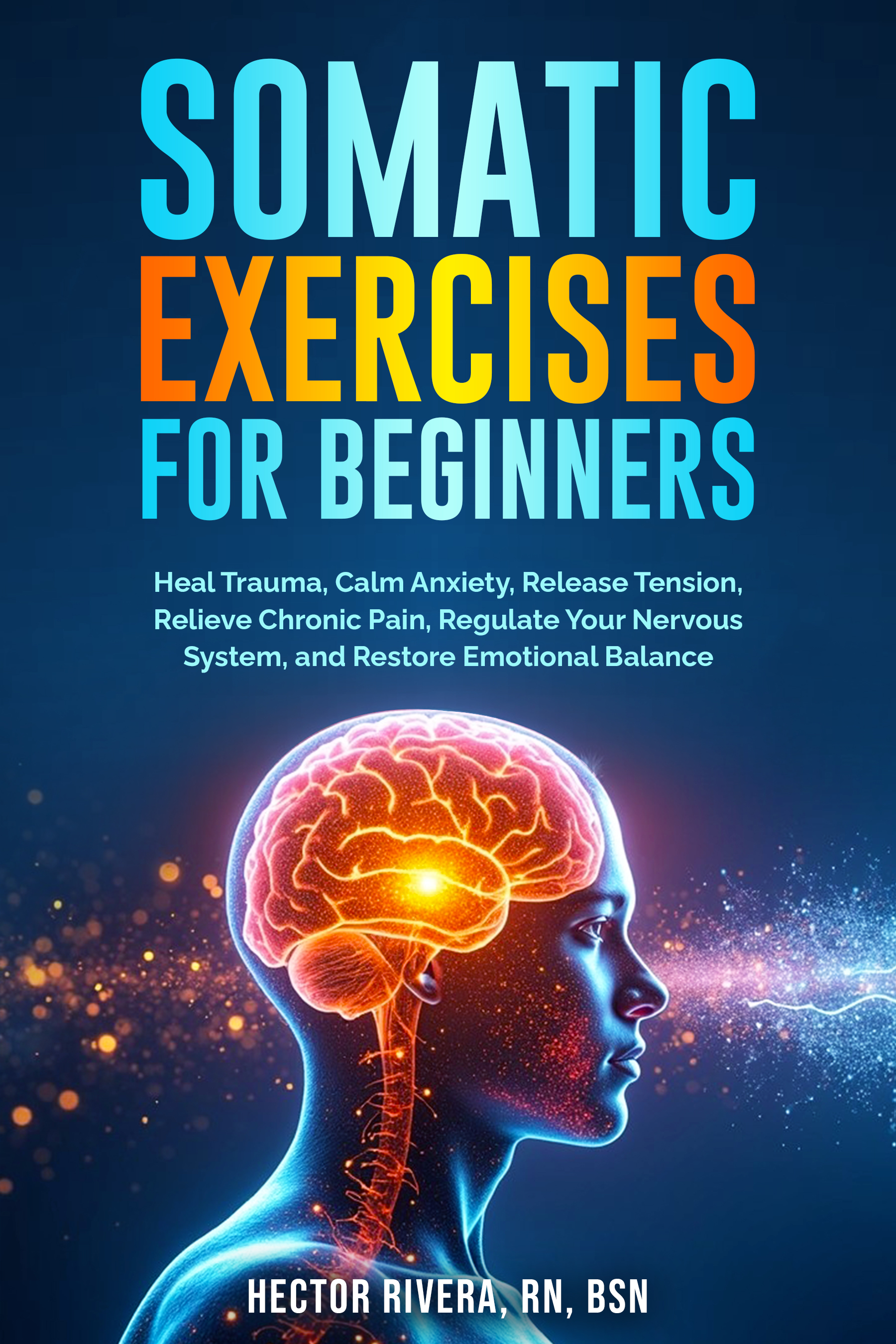Somatic Yoga: Moving from the Inside Out

Somatic Yoga: A Gentle Path to Awareness and Release
Somatic yoga combines mindful movement and awareness, allowing you to slow down and pay attention to your inner sensations. The focus isn’t on poses or flexibility, but on sensation, presence, and quiet exploration. By tuning into how the body moves rather than how it looks, you begin to release patterns of tension and reconnect with a more profound sense of ease.
Many people come to this practice after realizing that pushing harder doesn’t always lead to better results. Instead of striving for the perfect posture, somatic yoga invites curiosity. It’s less about performance and more about listening. This change in approach can feel strange at first, especially if you’re used to “working out” or measuring progress through numbers. But over time, the simplicity of noticing small shifts becomes powerful.
Why Somatic Yoga Feels Different
What makes this practice unique is its pace. Movements are slower and smaller, giving the nervous system a chance to notice what’s happening and respond. That’s how long-held muscle tension begins to unwind. Instead of fighting your body, you work with it.
This slower rhythm also opens space for awareness. As you practice, you may become aware of how often you unconsciously brace your shoulders, clench your jaw, or hold your breath without realizing it. These small habits can drain energy and keep the body in a state of chronic stress. Somatic yoga helps bring them to the surface, allowing you to let them go gently.
It also supports healing by creating new movement patterns. The brain and body relearn how to cooperate, which can reduce pain, improve posture, and restore balance. The process feels less like exercise and more like discovery, each session showing how your body responds when given time and attention.
The Benefits of Listening Instead of Pushing
For many, this practice becomes a turning point. The benefits go beyond physical flexibility. People often report:
- Less tension in their neck, shoulders, and back.
- Improved sleep, because the nervous system learns how to downshift.
- Better emotional regulation, since body awareness helps calm stress.
- A greater sense of connection between mind and body.
- Relief from chronic pain or long-term tightness.
These benefits don’t appear overnight. They build slowly, like drops filling a jar. Each minor release builds upon the previous one, creating lasting change. And the best part is that the process feels gentle. You don’t leave a session drained—you go lighter, more transparent, and more grounded.
How It Supports Growth
Personal growth doesn’t just happen in the mind. It also occurs throughout the body. When you release old holding patterns, you create room for new ways of moving, feeling, and responding. Somatic yoga provides that opportunity. By slowing down, you get a clearer picture of what’s really happening inside, and that awareness can ripple into other parts of your life.

Over time, people notice that they stand taller, breathe more deeply, and move with less effort. But they also notice changes in how they handle stress, relationships, and challenges. The same patience and awareness practiced on the mat begin to show up elsewhere.
Getting Started with Simple Exercises
You don’t need special equipment or a perfect studio space. All you need is a quiet spot and a willingness to explore. Here are five simple exercises you can try at home:
- Shoulder Roll Awareness - Sit in a relaxed position and gently move your shoulders forward, making slow, steady circles. Pause, then roll them backward. Focus on how the movement feels rather than how big it looks.
- Cat-Cow with Breath - On hands and knees, arch your back slightly as you breathe in, then round it as you breathe out. Move slowly, pausing between each shift, noticing where you hold tension.
- Pelvic Tilt Exploration - Lie on your back with knees bent. Slowly press your lower back against the floor, then let it gently return to its original position. Move slowly and only as much as feels comfortable, paying attention to small sensations.
- Neck Release Scan - Sit or lie down. Slowly turn your head left, then right, only as far as feels easy. Notice the difference between each side and where your neck may resist.
- Restorative Body Scan - Lie on your back and let your arms rest naturally at your sides. Close your eyes and mentally scan from head to toe, pausing at each area. Notice sensations without judgment, letting your body soften.
Practicing these regularly can help shift how you carry yourself throughout the day. They aren’t about getting stronger or faster. They allow you to become aware of your body and let it release what it no longer needs.
Closing Thoughts
Somatic yoga isn’t about perfecting poses—it’s about reconnecting with your body. Healing comes through attention, not force. Each movement shows that real change starts within. With time, patience, and consistent practice, the results reach beyond the mat and into everyday life. Somatic yoga invites you to slow down, notice, and trust that small shifts can lead to significant change.
Sources:
- Hanna, T. Somatics: Reawakening the Mind’s Control of Movement, Flexibility, and Health. Perseus Books, 1988.
- Payne, H. Body-Mind Psychotherapy: Principles, Techniques, and Practical Applications. Routledge, 2005.
- International Association for Yoga Therapists, research articles on somatic approaches.
Medical Disclaimer: The information on this website is for educational purposes only and is not a substitute for professional medical advice, diagnosis, or treatment. Always consult a qualified healthcare provider with any questions you may have about your health or a medical condition. Never ignore professional medical advice or delay seeking it because of something you have read here.

